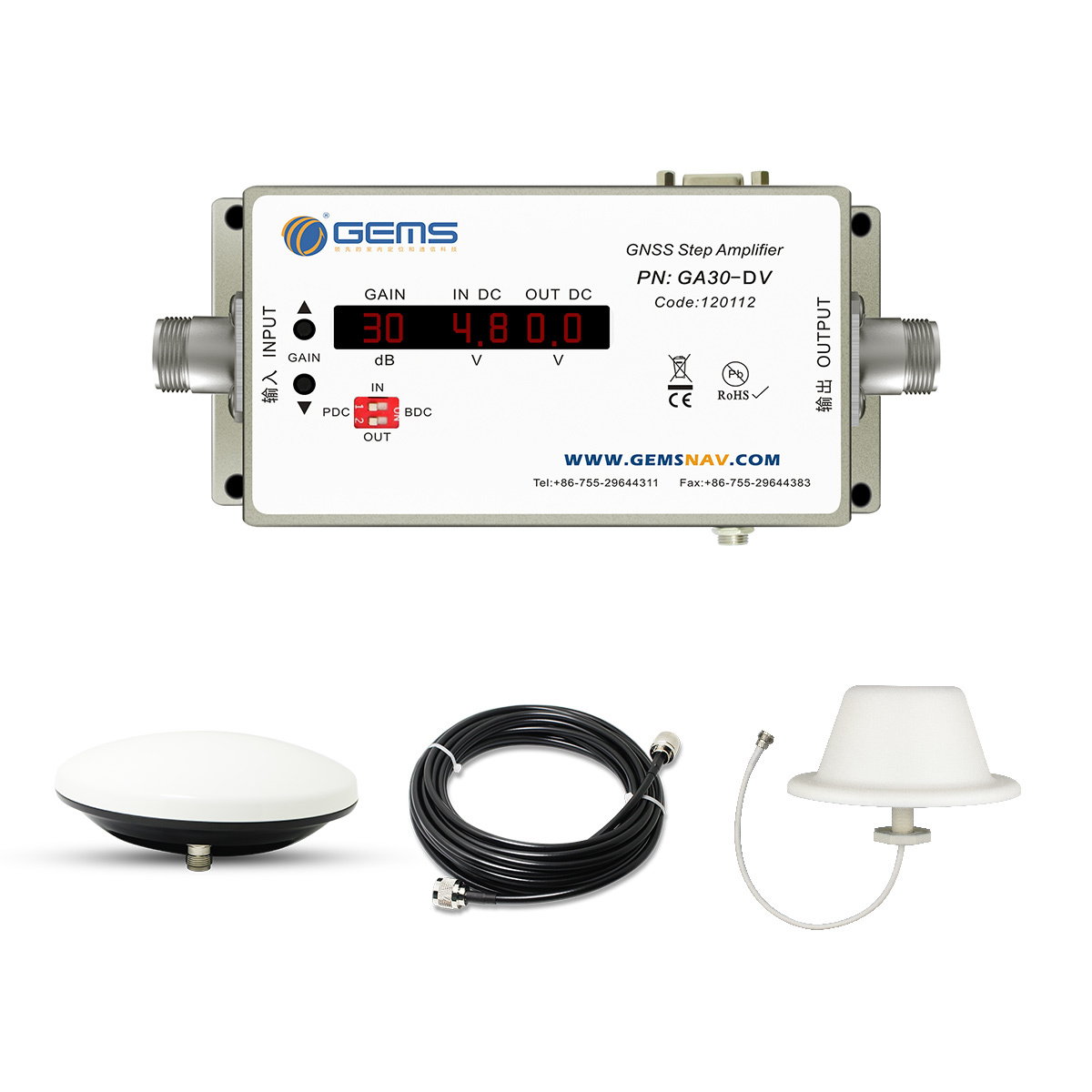The Importance of Durable GNSS Repeater Kits
1. Introduction to GNSS Repeater Kits
As technology evolves, the need for reliable positioning and navigation grows increasingly significant. This is where **GNSS (Global Navigation Satellite System) repeater kits** come into play. These systems are designed to amplify and extend GNSS signals, ensuring users maintain connectivity even in the most challenging environments. With applications across various industries—from construction to transportation—understanding the importance of durable Digital Gain Adjustable GNSS Repeater Kits is essential.
2. What is GNSS?
Global Navigation Satellite Systems include a range of satellite-based navigational technologies, such as GPS (USA), GLONASS (Russia), Galileo (Europe), and BeiDou (China). These systems provide critical data, including location, velocity, and time, to users worldwide. The **GNSS infrastructure** consists of satellites, ground control stations, and user equipment, working together seamlessly to deliver accurate positioning information.
3. How Do GNSS Repeaters Work?
GNSS repeaters are essential devices that capture satellite signals and retransmit them, effectively “repeating” the signal to ensure coverage in areas where direct signals may be weak or obstructed. The process involves several key components:
3.1 Signal Reception
The GNSS repeater first receives signals from satellites via antennas designed to detect specific frequencies.
3.2 Signal Amplification
Once received, the signals are amplified to overcome any potential loss of quality during transmission. This step is crucial in maintaining the integrity of the data.
3.3 Signal Re-transmission
Finally, the amplified signals are retransmitted through additional antennas, effectively extending the GNSS coverage area. This process allows users to maintain connectivity even in environments such as tunnels, basements, or densely built urban areas.
4. The Importance of Durable GNSS Repeater Kits
The importance of durability in GNSS repeater kits cannot be overstated. These systems often operate in harsh conditions, which can include extreme temperatures, moisture, dust, and physical impacts. Here's why investing in durable GNSS repeater kits is essential:
4.1 Reliable Performance
Durable GNSS repeater kits are designed to withstand various environmental challenges, ensuring they function optimally regardless of conditions. This reliability translates to consistent connectivity, which is vital for mission-critical applications.
4.2 Cost-Effectiveness
Investing in high-quality, durable GNSS repeaters can save organizations money in the long run. While cheaper options may seem appealing initially, their higher failure rates can lead to costly downtime and replacement expenses.
4.3 Enhanced Safety
In industries such as construction and emergency response, having a robust and reliable GNSS signal can be a matter of safety. Durable repeater kits ensure that personnel are never without the crucial data they need to operate safely.
4.4 Versatility
Durable GNSS repeater kits can be used across various applications, from enhancing positioning systems in logistics to improving navigation for autonomous vehicles. This versatility makes them a valuable investment across multiple sectors.
5. Applications of GNSS Repeater Kits
GNSS repeater kits have a diverse range of applications that underscore their importance. Here are some key areas where these systems prove invaluable:
5.1 Construction Sites
In construction, precise positioning is crucial for planning and executing projects. GNSS repeaters facilitate accurate measurements, ensuring that construction teams can operate efficiently and safely.
5.2 Transportation and Logistics
In the transportation sector, maintaining real-time tracking of vehicles is essential. GNSS repeater kits amplify signals in urban areas where tall buildings can obstruct satellite signals, ensuring that logistics companies can monitor their fleet effectively.
5.4 Emergency Services
Emergency responders rely on consistent and accurate location data. GNSS repeater kits are instrumental in ensuring that these vital services can operate effectively, even in challenging environments like disaster zones.
5.5 Agriculture
Modern farming increasingly relies on precision agriculture techniques, which require accurate GNSS signals for activities such as crop monitoring and autonomous machinery operation. Durable GNSS repeater kits enhance connectivity across vast agricultural fields.
6. Choosing the Right GNSS Repeater Kit
Selecting the right GNSS repeater kit involves considering various factors to ensure optimal performance. Here are some key aspects to evaluate:
6.1 Signal Strength and Coverage
Assess the signal strength and coverage area provided by the repeater. A robust kit will ensure that signals are amplified adequately for the intended application.
6.2 Environmental Resistance
Look for repeater kits designed to withstand specific environmental conditions. Features like weatherproof housing and temperature resistance can significantly impact durability.
6.3 Compatibility
Ensure that the GNSS repeater kit is compatible with the specific GNSS signals you require. Some kits may support multiple systems, providing versatility and future-proofing your investment.
6.4 Ease of Installation and Maintenance
Consider how easy the kit is to install and maintain. User-friendly designs can save time and costs associated with setup and upkeep.
7. Maintenance and Care of GNSS Repeater Kits
To ensure the longevity and performance of your GNSS repeater kit, regular maintenance is essential. Here are some best practices:
7.1 Regular Inspections
Conduct routine inspections of the repeater kit and its components. Look for signs of wear and tear, and address any issues promptly to avoid performance degradation.
7.2 Cleaning
Keep the antennas and other exposed components clean. Dust and debris can interfere with signal reception and transmission, so regular cleaning can help maintain optimal performance.


评论
发表评论